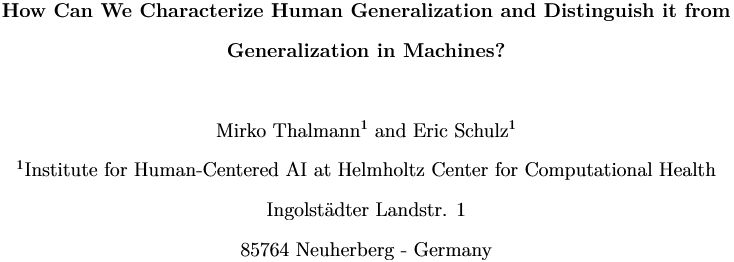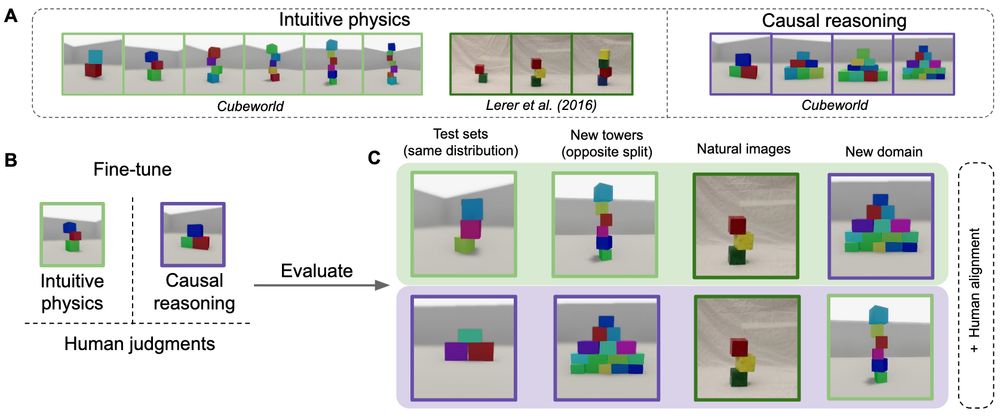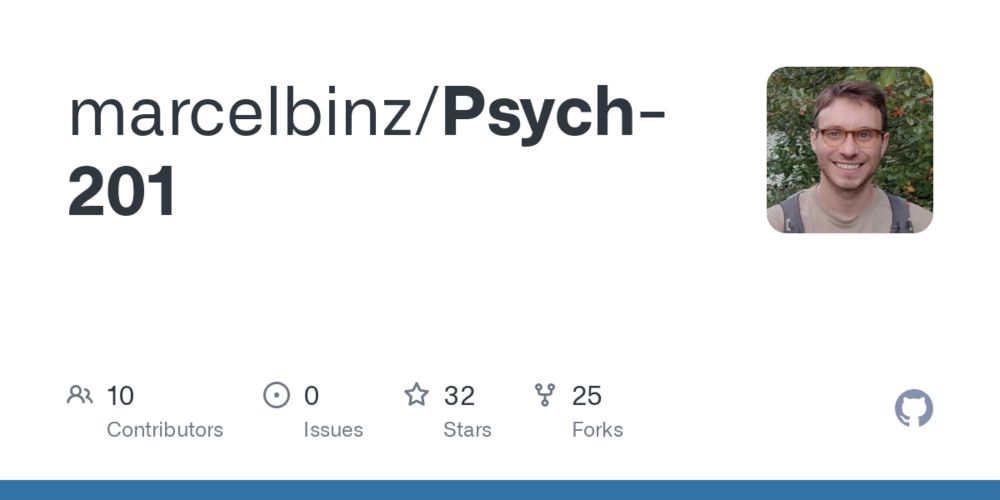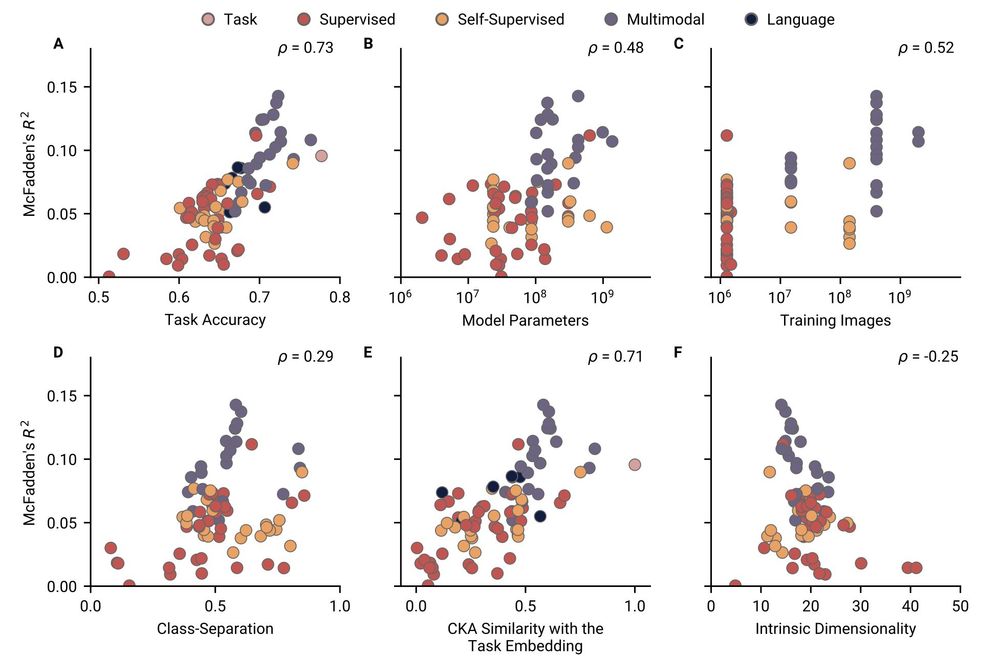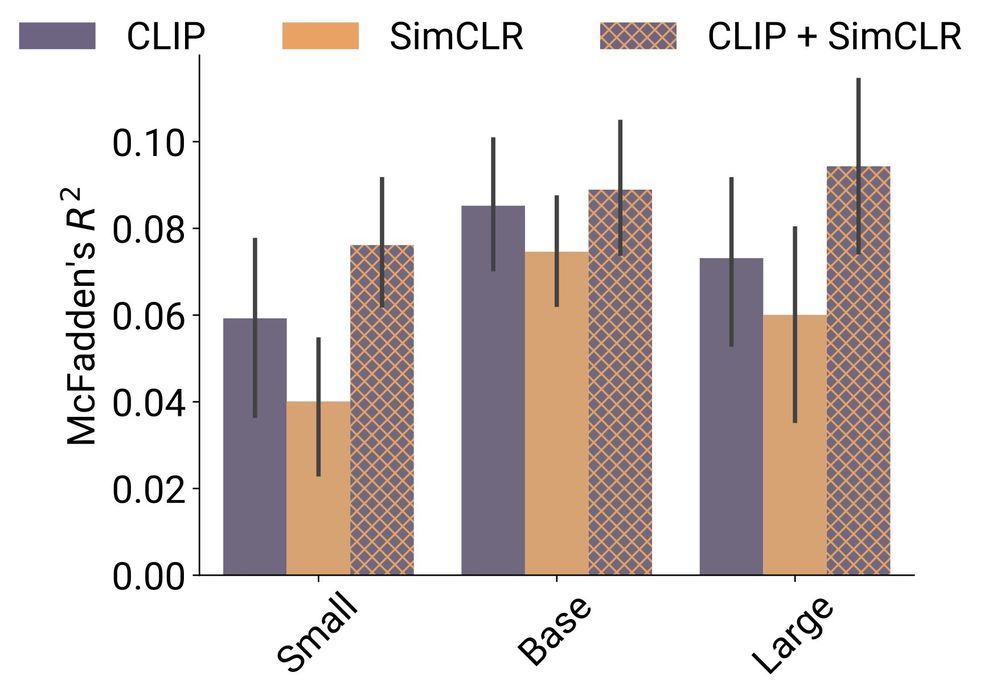Can Demircan
@candemircan.bsky.social
56 followers
260 following
8 posts
phd student in Munich, working on machine learning and cognitive science
Posts
Media
Videos
Starter Packs
Reposted by Can Demircan
Taylor Webb
@taylorwwebb.bsky.social
· Mar 10
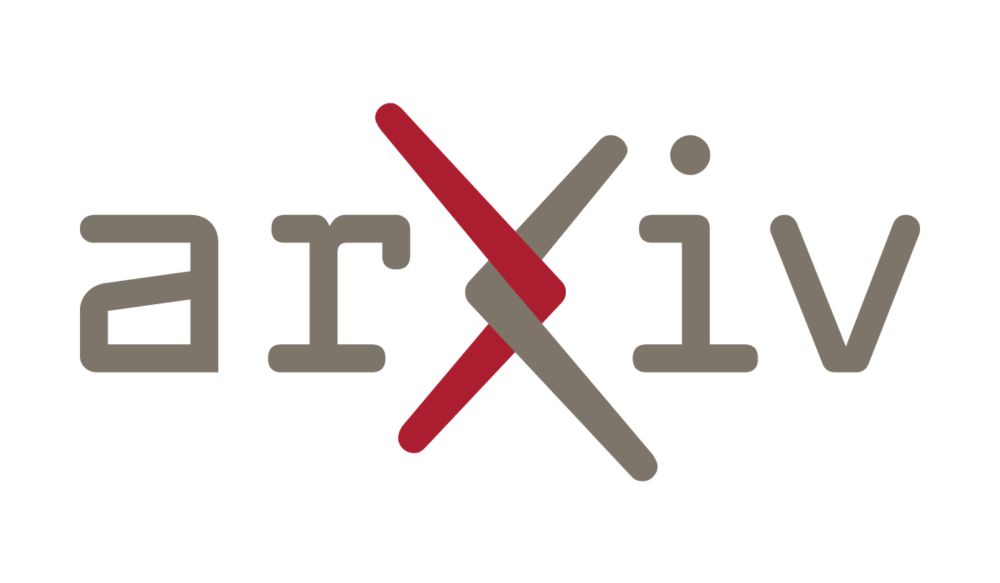
Emergent Symbolic Mechanisms Support Abstract Reasoning in Large Language Models
Many recent studies have found evidence for emergent reasoning capabilities in large language models, but debate persists concerning the robustness of these capabilities, and the extent to which they ...
arxiv.org
Reposted by Can Demircan
Reposted by Can Demircan
Milena Rmus
@milenamr7.bsky.social
· Feb 26
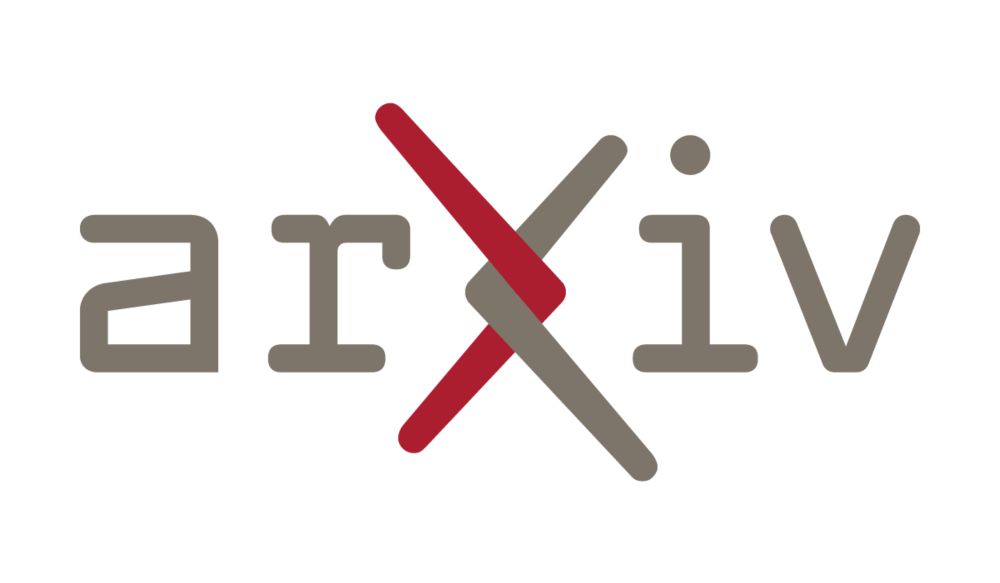
Towards Automation of Cognitive Modeling using Large Language Models
Computational cognitive models, which formalize theories of cognition, enable researchers to quantify cognitive processes and arbitrate between competing theories by fitting models to behavioral data....
arxiv.org
Reposted by Can Demircan
Reposted by Can Demircan
Eric Schulz
@ericschulz.bsky.social
· Jan 22
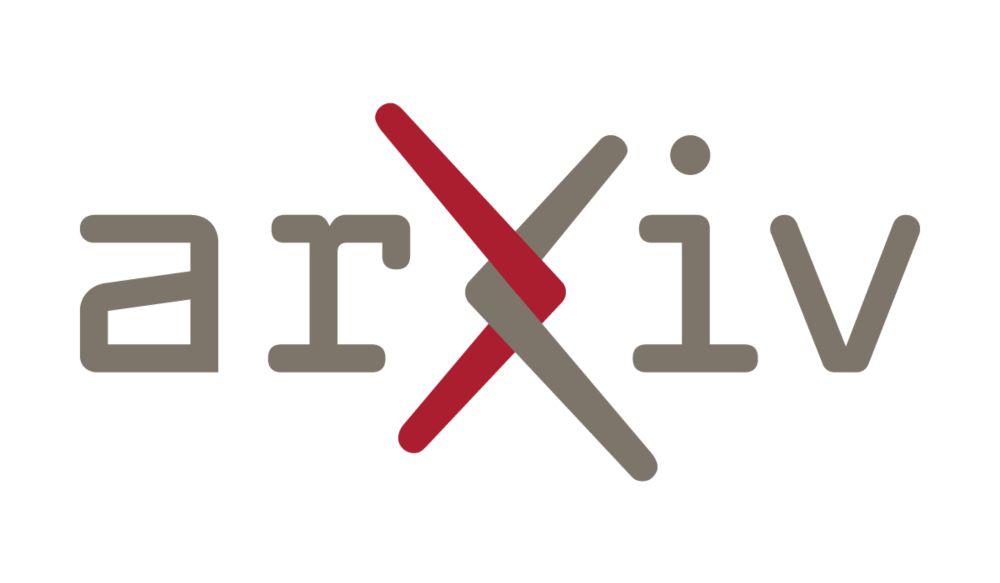
Sparse Autoencoders Reveal Temporal Difference Learning in Large Language Models
In-context learning, the ability to adapt based on a few examples in the input prompt, is a ubiquitous feature of large language models (LLMs). However, as LLMs' in-context learning abilities continue...
arxiv.org
Can Demircan
@candemircan.bsky.social
· Dec 10

Evaluating alignment between humans and neural network representations in image-based learning tasks
Humans represent scenes and objects in rich feature spaces, carrying information that allows us to generalise about category memberships and abstract functions with few examples. What determines wheth...
arxiv.org
Can Demircan
@candemircan.bsky.social
· Dec 5
Reposted by Can Demircan
